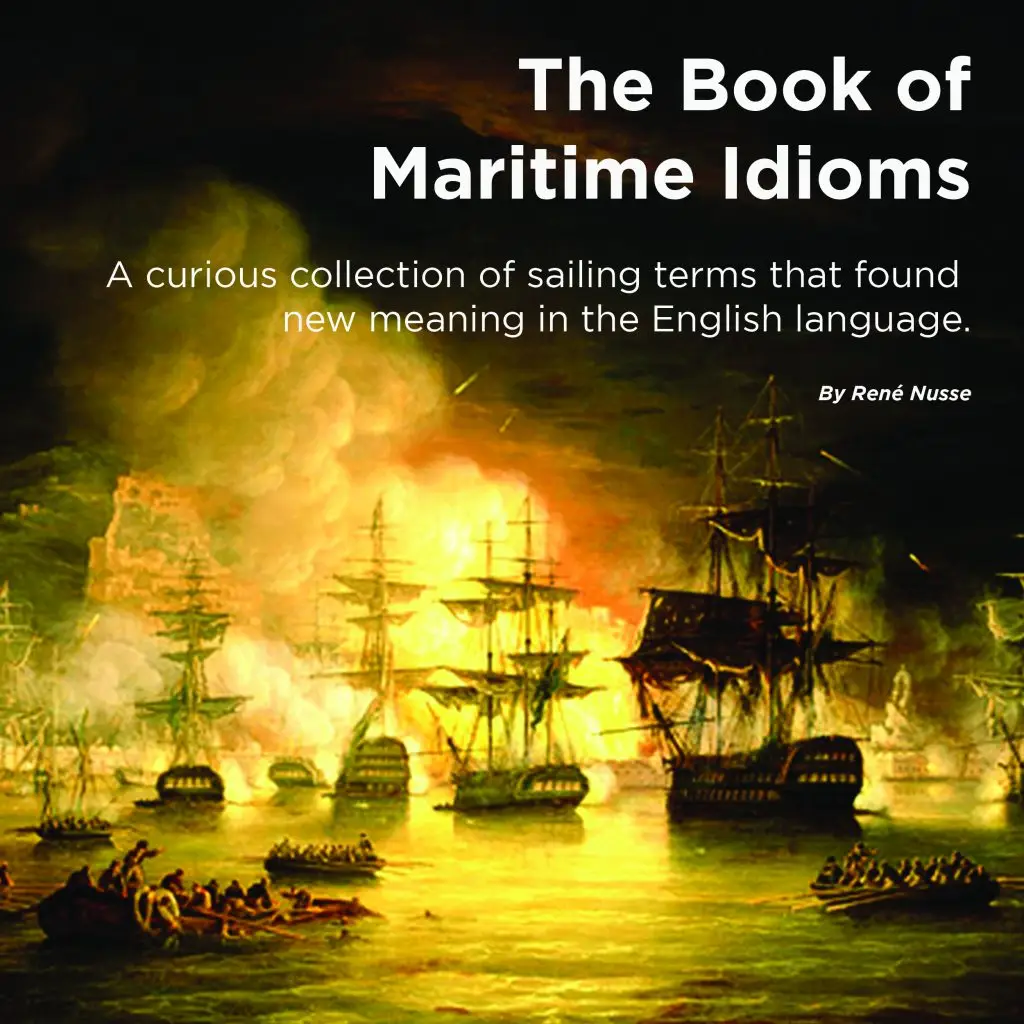Sailing: crew safety brief
A crew safety brief is crucial for ensuring everyone on board knows what to do in various situations, especially during adverse weather conditions or emergencies. Here’s a comprehensive outline for conducting an effective crew safety briefing:
1. Introduction
- Objective: Explain the purpose of the briefing – to ensure safety and preparedness.
- Importance: Emphasise that understanding and practising safety procedures is critical for everyone’s safety.
2. Safety Equipment and Location
- Life Jackets: Show where life jackets are stored and explain how to put them on.
- Life Rafts: Demonstrate the location of the life raft(s) and how to deploy them.
- Flares and Emergency Signals: Point out the location of flares and explain their use.
- Fire Extinguishers: Identify the locations and types of fire extinguishers and how to operate them.
- First-Aid Kits: Show where first-aid kits are kept and briefly explain their contents.
3. Emergency Procedures
- Man Overboard:
- Procedure: Describe the steps if someone falls overboard (e.g., throw a buoy, keep the person in sight, and follow the recovery plan).
- Roles: Assign specific crew members to roles in a man-overboard situation.
- Abandon Ship:
- Procedure: Explain the steps for abandoning the ship, including using life rafts and signalling for help.
- Drills: Review the drill for abandoning ship and the importance of practicing it.
- Fire:
- Procedure: Discuss how to use fire extinguishers and the steps to take if a fire occurs.
- Escape Routes: Identify the vessel’s primary and secondary escape routes.
- Flooding:
- Procedure: Explain how to address flooding, including using bilge pumps and securing leaks.
4. Communication
- VHF Radio: Demonstrate how to use the VHF radio for communication and emergency calls.
- Distress Signals: Review distress signals and how to call for help (e.g., using flares or emergency beacons).
- Communication Plan: Establish a communication plan for regular check-ins and emergencies.
5. Safety Protocols
- Personal Safety: Discuss the importance of wearing harnesses and life jackets, especially in rough weather.
- Deck Safety: Review the rules for moving around the deck, especially in adverse conditions (e.g., using handholds and wearing non-slip shoes).
- Watchkeeping: Outline the procedures for watchkeeping and maintaining vigilance.
6. Specific Roles and Responsibilities
- Designated Tasks: Assign specific tasks to crew members (e.g., navigator, lookout, emergency coordinator).
- Role Clarity: Ensure each crew member knows their role and responsibilities during an emergency.
7. Safety Drills
- Frequency: Explain how often safety drills will be conducted and their importance.
- Types of Drills: Include drills for man overboard, fire, and abandoning ship.
8. Questions and Clarifications
- Open Floor: Allow crew members to ask questions or seek clarifications on any part of the briefing.
- Feedback: Encourage feedback to ensure everyone understands the procedures.
9. Review and Rehearse
- Recap: Summarise the key points of the briefing.
- Practice: Conduct a quick rehearsal of the procedures, such as donning life jackets or simulating a man-overboard drill.
10. Documentation
- Checklist: Use a safety briefing checklist to ensure all points are covered.
- Record: Document that all crew members have completed and signed off the briefing.
Summary Checklist
Introduction and objective of the briefing
Location and use of safety equipment
Emergency procedures (man overboard, abandon ship, fire, flooding)
Communication methods and protocols
Safety protocols and personal safety
Specific roles and responsibilities
Safety drills and practice
Questions, clarifications, and feedback
Review, rehearse, and documentation
A well-conducted safety brief helps ensure everyone on board is prepared and knows their roles in maintaining safety during various situations.

NAVIGATION RULES CLINIC + BASIC SAIL TRIM COURSE
Author
-

Rene is a keelboat instructor and sailing coach in the Mandurah area WA. He is also the author of several books about sailing including "The Book of Maritime Idioms" and "Renaming your boat".
View all posts


